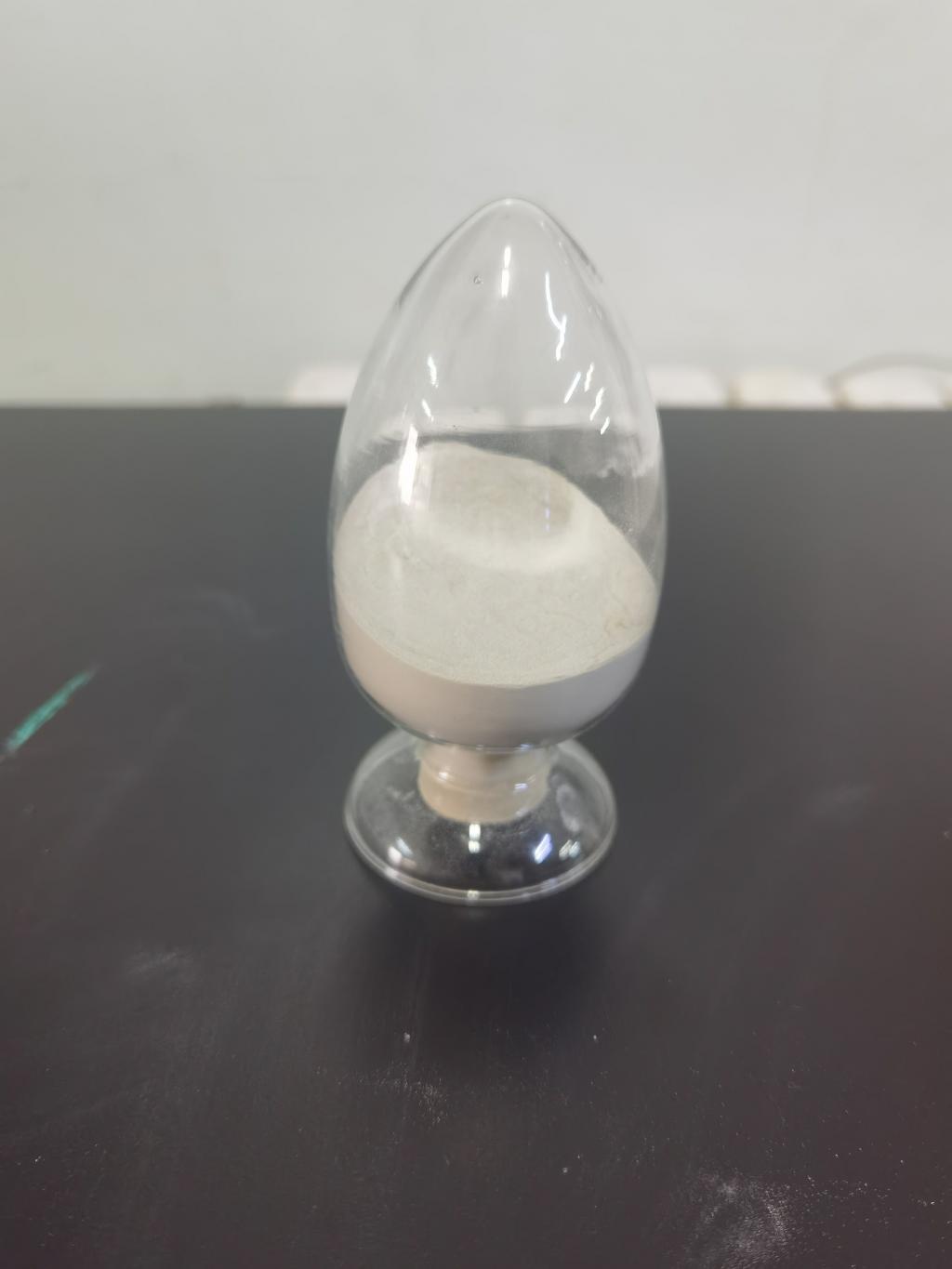Tel:+8618231198596

News
 CONTACT
CONTACT
 CONTACT
CONTACT
- Linkman:Linda Yao
- Tel: +8618231198596
- Email:linda.yao@dcpharma.cn
- Linkman:CHARLES.WANG
- Department:Overseas
- Tel: 0086 0311-85537378 0086 0311-85539701
News
Nisin's impact on the texture and mouthfeel of food products.
TIME:2024-04-29
Nisin: An Overview
Nisin is a natural antimicrobial peptide produced by certain strains of Lactococcus lactis bacteria. It is widely approved for use as a food preservative due to its effectiveness against Gram-positive bacteria, including foodborne pathogens. Nisin works by disrupting the cell membrane of susceptible bacteria, leading to their death or inhibition. While its primary function is to prevent microbial spoilage, its interactions with food components can also influence sensory properties such as texture and mouthfeel.
Texture and Mouthfeel in Food Products
Texture refers to the physical properties of food, including its firmness, cohesiveness, and chewiness, among others. Mouthfeel, on the other hand, encompasses the sensations perceived in the mouth during consumption, such as creaminess, viscosity, and smoothness. These sensory attributes are influenced by various factors, including ingredients, processing techniques, and the presence of additives or preservatives.
Effects of Nisin on Texture
The impact of nisin on the texture of food products can vary depending on several factors, including the food matrix, concentration of nisin, and processing conditions. In some cases, nisin may interact with proteins or carbohydrates present in the food, altering their structural properties and affecting texture.
Bakery Products: In baked goods such as bread and cakes, nisin may affect dough elasticity and crumb structure. Studies have shown that nisin can strengthen gluten networks in dough, resulting in improved volume and texture of bread. However, excessive use of nisin may lead to a denser texture or affect the crumb softness of baked products.
Dairy Products: In dairy products like cheese and yogurt, nisin may influence texture through its interactions with milk proteins and fat globules. Nisin has been reported to improve the texture and firmness of cheese by promoting protein aggregation and enhancing curd formation. However, at higher concentrations, nisin may impart a gritty or chalky mouthfeel to cheese.
Meat Products: In processed meats such as sausages and deli meats, nisin can affect texture by altering protein interactions and moisture retention. Nisin may improve the texture and juiciness of meat products by reducing microbial spoilage and extending shelf life. However, excessive use of nisin may result in a rubbery or tough texture in certain meat formulations.
Effects of Nisin on Mouthfeel
Nisin can also influence the mouthfeel of food products by affecting viscosity, creaminess, and overall sensory perception during consumption. Its interactions with food components, including proteins, lipids, and carbohydrates, can modulate sensory attributes and alter the overall eating experience.
Beverages: In beverages such as fruit juices and soft drinks, nisin may influence mouthfeel by affecting viscosity and flavor perception. Studies have shown that nisin can interact with polysaccharides or pectins in fruit juices, resulting in changes in texture and mouth-coating properties. However, the impact of nisin on mouthfeel in beverages is often minimal due to its low concentration and dilution in the liquid matrix.
Sauces and Dressings: In sauces and dressings, nisin may contribute to mouthfeel by enhancing emulsion stability and creaminess. Nisin can interact with lipid droplets and hydrocolloids in emulsified products, leading to smoother textures and improved sensory perception. However, excessive use of nisin may result in undesirable flavors or aftertastes in certain formulations.
Snack Foods: In snack foods such as potato chips and crackers, nisin may influence mouthfeel by affecting crispiness and crunchiness. Studies have shown that nisin can help maintain the texture and freshness of snack products by inhibiting microbial growth and delaying lipid oxidation. However, the impact of nisin on mouthfeel in snack foods is often subtle and may depend on factors such as frying temperature and storage conditions.
Conclusion
In conclusion, nisin can have both beneficial and detrimental effects on the texture and mouthfeel of food products, depending on factors such as concentration, food matrix, and processing conditions. While nisin is primarily used as a preservative to extend shelf life and ensure food safety, its interactions with food components can also influence sensory attributes and consumer acceptance. Further research is needed to optimize the use of nisin in food formulations and minimize its potential impact on texture and mouthfeel while maximizing its antimicrobial efficacy.
- Tel:+8618231198596
- Whatsapp:18231198596
- Chat With Skype







